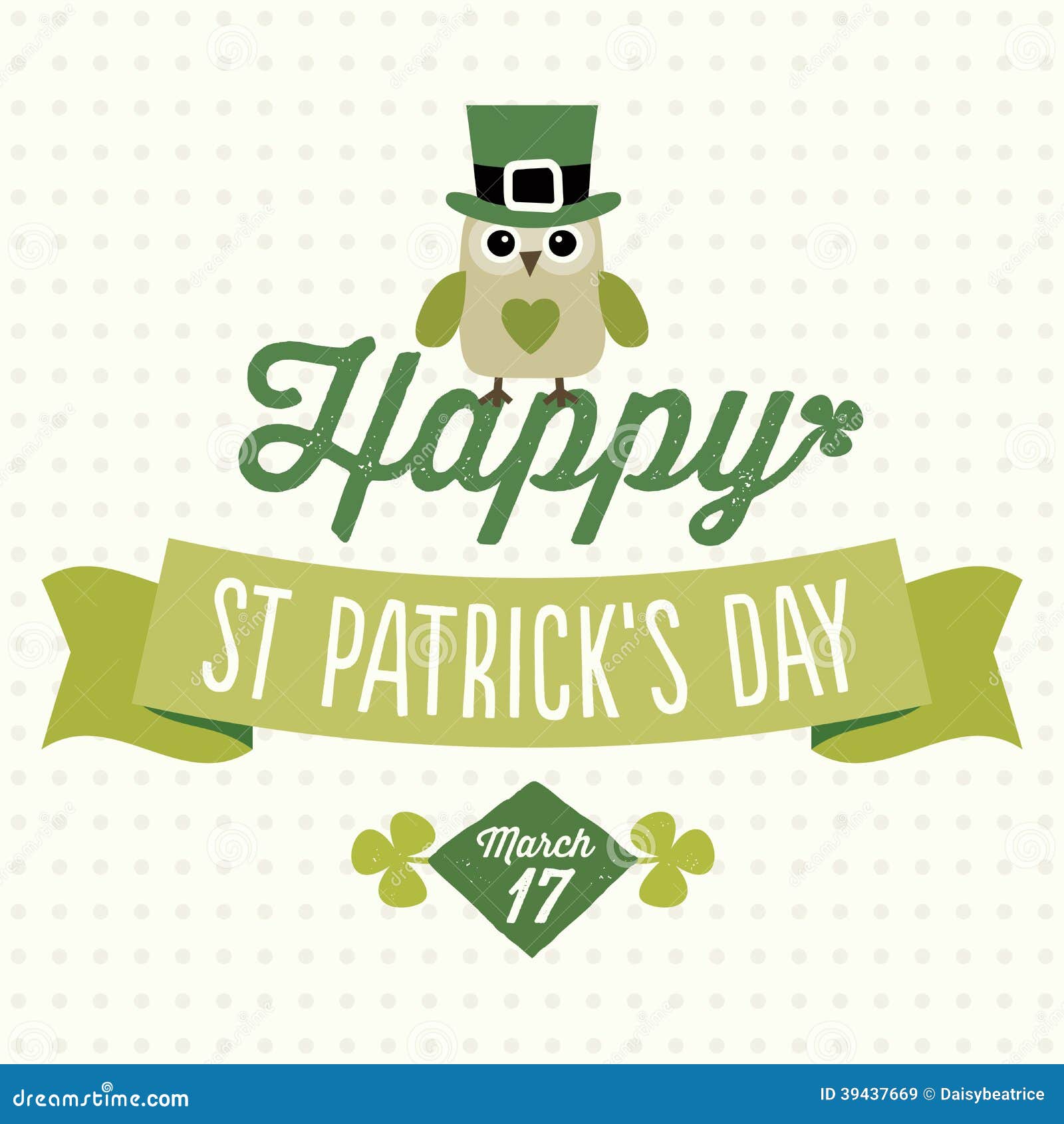
Part 1:
Write one paragraph explaining:
o Historical context
o Point of view of
cartoonist concerning issue
o Symbols or non-verbal
innuendo (if any used)
Part 2:
: Find a second political cartoon that has a
similar theme with the first article. This must be from Current Events (within
the last few months). Include this cartoon in your submission.
· Write one
paragraph explaining:
o Historical context
(explain how it connects to “cartoon of the week”)
o Point of view of
cartoonist concerning issue
o Symbols or non-verbal
innuendo (if any used)
Part 3:
The Rhetorical Précis
Overview: In order to concisely describe the
argument and context an author presents in a text, academic writers sometimes
use a format called the rhetorical précis. This form is a highly
structured four-sentence paragraph that highlights the essential rhetorical
elements in any text. The précis includes the name of the
speaker/writer(s), the context or situation in which the text is delivered, the
major assertion, the mode of development or support of the main idea, the
stated and/or apparent purpose of the text, and the relationship between the
writer(s) and the audience. The following is a breakdown of the information
to include in each of the four sentences.
|
SENTENCE 1 – include the following:
· the name of author,
· a phrase describing
the author (optional),
· the type and title
of work, the date of work (inserted in parentheses),
· a rhetorically
accurate verb (such as “assert,” “argue,” “suggest,” “imply,” “claim,”
etc.) that describes what the author is doing in the text,
· a THAT clause in
which you state the major assertion (thesis statement/claim) of the author’s
text.
|
EXAMPLE:
Toni Morrison, a well-known scholar in the humanities, in her
essay, “Disturbing Nurses and the Kindness of Sharks,” implies THAT
racism in the United States has affected the craft and process of American
novelists.
|
|
SENTENCE 2 : An explanation of how the author develops and/or
supports the thesis (for instance, comparing and contrasting, defining,
narrating, illustrating, defining, using humor or sarcasm, relating personal
experience, depending on facts /statistics /opinion, etc.). Consider the
author’s organization, use of evidence, and/or strategies used to construct
his/her argument. Your explanation is usually presented in the same
chronological order that the items of support are presented in the work.
|
EXAMPLE:
Morrison supports her implication by describing how
Ernest Hemingway writes about black characters and by illustrating his
strategies for plot development seen within his novels and short stories.
|
|
SENTENCE 3: A
statement of the author’s apparent purpose, followed by an IN ORDER TO phrase
in which you explain what the author wants the audience to do or feel as a
result of reading the work.
|
EXAMPLE:
Her purpose is to make her readers aware of the cruel reality of
racism underlying some of the greatest works of American literature IN
ORDER TO help them examine the far-reaching effects racism has not only
on those discriminated against but also on those who discriminate.
|
|
SENTENCE 4: A
description of the intended audience and the relationship the author
establishes with the audience.
|
EXAMPLE:
She establishes a formal and highly analytical tone with her
audience of racially-mixed, theoretically-sophisticated readers and critical
interpreters of American literature.
|




